ANTD.VN - 78% of coastal cities with populations over 1 million have reclaimed land from the sea in the 21st century. Notable cities in East Asia, West Asia, and Southeast Asia have expanded their surface area by an average of thousands to tens of thousands of hectares over the past 20 years, helping the economy diversify and grow dramatically.
Land reclamation is an economic strategy
While land reclamation activities in the 20th century were mainly concentrated in the northern hemisphere, in the early years of the 21st century, this trend witnessed a clear shift to the Middle East, West Africa, Southeast Asia and East Asia.
The purpose of reclaiming land is increasingly diverse. Centuries ago, Dutch engineers were masters of “water management” to control floods, create land for living and farming, but today reclaiming land is accompanied by clear ambitions to “dragonize” economically.
According to research by AGU - the non-profit International Association for Earth and Space Sciences , 78% of coastal cities (with populations greater than 1 million) in the world have reclaimed land in the 21st century. The most common purposes of reclaiming land are port expansion, meeting the needs of population growth, trade, tourism and industry. Efforts to create tourism and green space from reclaiming land are also emerging strongly.
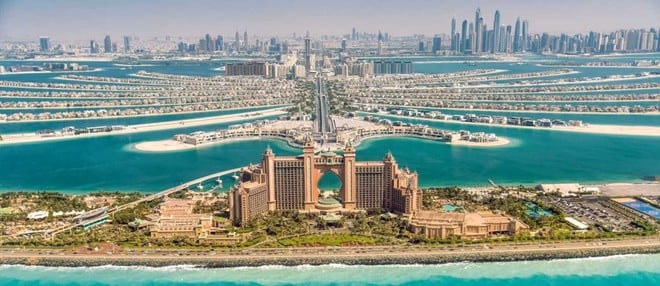 |
| Palm Island artificial island in Dubai. Photo source bayut.com |
Cities with the world's largest land reclamation projects include Shanghai (34,978 hectares, China), Incheon (4,026 hectares, South Korea), Osaka (1,005 hectares, Japan), Singapore (3,135 hectares); Abu Dhabi (5,408 hectares), Dubai (3,604 hectares) in the UAE or Dammam (3,287 hectares, Saudi Arabia)...
Right next to Vietnam, China has been reclaiming the sea on a large scale since 1949. Activities take place along the coastlines of localities such as Guangdong, Jiangsu, Liaoning, Shanghai, Zhejiang... As of 2021, China has reclaimed more than 20,000 square kilometers.
Reclamation projects have brought about clear economic efficiency and become a driving force for growth. In 2023, the marine economy will bring in nearly 10 billion yuan (about more than 1.4 billion USD) for China. Of this, marine tourism will bring in more than 1.4 billion yuan.
Also through land reclamation over the past two decades, the UAE has rapidly promoted its economic diversification plan, helping a number of non-oil sectors to develop strongly, from financial services, real estate to aviation, restaurants - hotels, tourism, seaports and logistics.
By 2023, non-oil sectors will contribute more than 70% of the UAE’s GDP, indicating a sustainable change in the country’s economy. In Dubai alone, oil accounts for less than 1% of GDP, while tourism accounts for 20% of GDP.
After Palm Jumeirah, the idea of artificial islands continues to be promoted. Ambitious projects of hotels, resorts, independent shopping malls… continue to be implemented in the UAE, most of them located on the Persian Gulf.
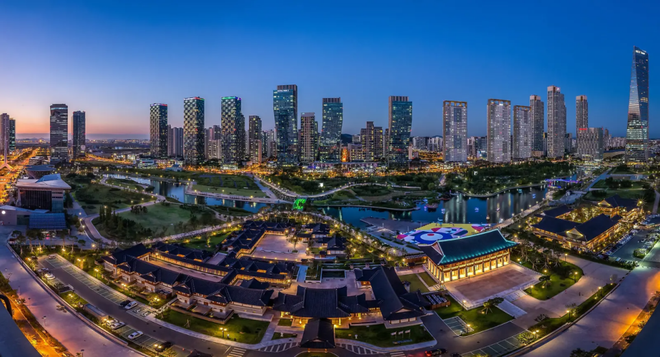 |
| Songdo International Business District (Songdo IBD) – Korea's spectacularly successful sea reclamation project |
The UAE's artificial islands; Kansai International Airport located on an artificial island in Osaka Bay or the Songdo International Business District (Songdo IBD) in South Korea and other impressive land reclamation projects of Asian powers all faced challenges at the beginning, but have proven to be extremely successful when implemented on a large scale with multi-functional planning, including resort tourism, financial centers, real estate, free trade zones, etc.
Large scale and long-term vision
AGU research shows that growing population size and economic dependence on coastal areas, along with high demand for residential, agricultural, industrial, commercial infrastructure and green spaces, are the main drivers of land reclamation.
During the period 2000-2020, 106 coastal cities in the world had land reclamation activities, occupying 253,000 hectares, of which the reclaimed area of Asia accounted for more than 90%. Following the great powers, many Asian countries and territories have been strongly promoting land reclamation strategies with a long-term vision.
The Philippine government has planned 19 land reclamation projects in Manila Bay with a total scale of more than 10,000 hectares to create land for future development. These include Horizon Manila (419 hectares), approved in 2019, consisting of 3 islands, with the ambition to create 400,000 jobs with the Art - Innovation - Urban Trade subdivisions; the Pasay Manila project (726 hectares) helps create an additional 9.2km of sea surface, promising to bring 850,000 tourists/year, with 576,000 residents and 925,000 new jobs.
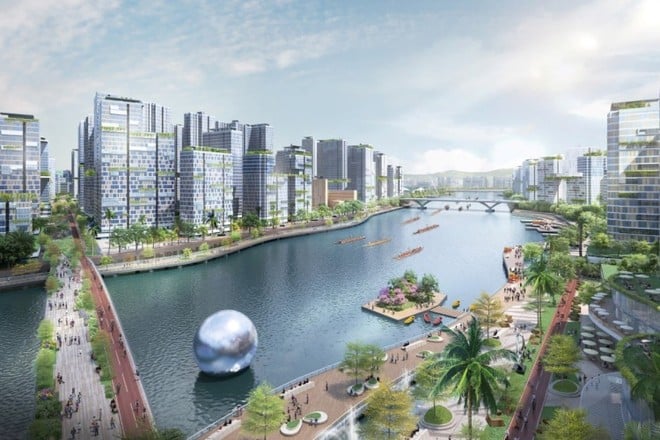 |
| Perspective of the canal between artificial islands of the Lantau Vision Tomorrow project in Hong Kong (China). Source: LegCo |
In Hong Kong, according to The Guardian, one of the world's largest artificial island projects is soon to be built here. The Hong Kong (China) government plans to spend 624 billion Hong Kong dollars (60 billion pounds) to create 1,000 hectares (2,500 acres) of land off the coast of Lantau Island. The Lantau Vision Tomorrow project is expected to start in 2025 and the first residents will move in seven years later, in 2032.
It can be seen that the trend of reclaiming land is continuing to spread around the world. However, not all countries reclaim land to cope with the problem of saltwater intrusion due to climate change (Netherlands) or the pressure of "overpopulation" (Singapore), but expanding coastal land or building artificial islands is considered an important economic development strategy.
Development space for Vietnam
In Vietnam, with the advantage of more than 3,000km of coastline stretching from North to South, most coastal provinces and cities have a need to reclaim the sea. According to the latest information from the Ministry of Natural Resources and Environment, to date, Vietnam has about 80 sea reclamation projects in 19 provinces and cities that have been implemented. A typical success is Kien Giang with sea reclamation activities in Rach Gia Bay, turning Rach Gia City into the most livable place in the Mekong Delta. Also in Kien Giang, it is expected that from now until 2040, Ha Tien City of this province will form more sea reclamation areas and build artificial islands, the total area of this artificial sea and islands is over 11,300 hectares.
Most recently, Da Nang is the next city to have been approved for a plan to reclaim the sea to build a free trade zone. Surveying the research area for reclaiming the sea to build a commercial service area in the Da Nang Free Trade Zone in Da Nang Bay recently, Prime Minister Pham Minh Chinh agreed to study the plan to reclaim the sea to build a free trade zone to create new land funds and expand development space.
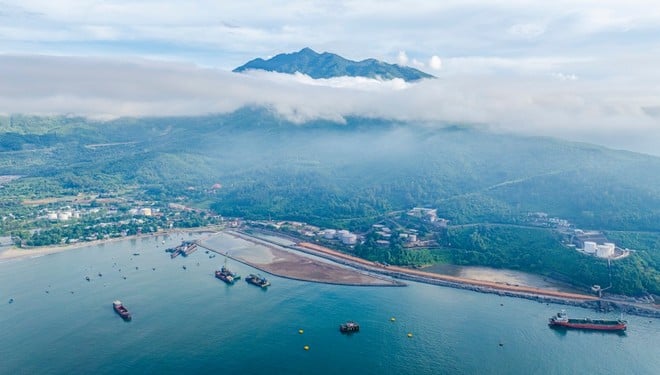 |
| Da Nang approved the policy of reclaiming the sea to expand development space. |
Not stopping there, experts believe that it is necessary to study a plan to make the sea reclamation truly "advancing to the ocean", becoming a trump card to help Da Nang make a strong breakthrough and develop to reach international level. Therefore, not only building a Free Trade Zone but also having a long-term vision and strategy to expand the space for multi-functional development, similar to the way many countries in the world do.
In fact, Da Nang had a policy of reclaiming land from the sea nearly 20 years ago but it has not been successful for many reasons, including not finding a worthy investor and not creating a comprehensive, systematic plan...
Up to now, the regulations on sea encroachment activities in the 2024 Land Law, as well as the official guiding decrees that have come into effect, are expected to create opportunities for Vietnam's booming marine economy.
Source: https://www.anninhthudo.vn/bi-kip-lan-bien-de-hoa-rong-nen-kinh-te-post596453.antd


![[Photo] Hanoi morning of October 1: Prolonged flooding, people wade to work](https://vphoto.vietnam.vn/thumb/1200x675/vietnam/resource/IMAGE/2025/10/1/189be28938e3493fa26b2938efa2059e)
![[Photo] Keep your warehouse safe in all situations](https://vphoto.vietnam.vn/thumb/1200x675/vietnam/resource/IMAGE/2025/10/1/3eb4eceafe68497989865e7faa4e4d0e)
![[Photo] President of the Cuban National Assembly visits President Ho Chi Minh's Mausoleum](https://vphoto.vietnam.vn/thumb/1200x675/vietnam/resource/IMAGE/2025/10/1/39f1142310fc4dae9e3de4fcc9ac2ed0)



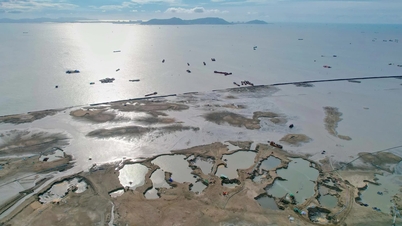

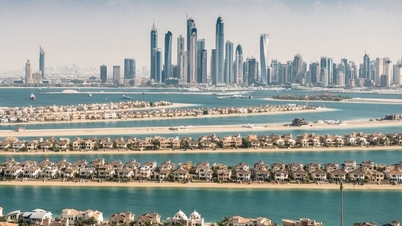
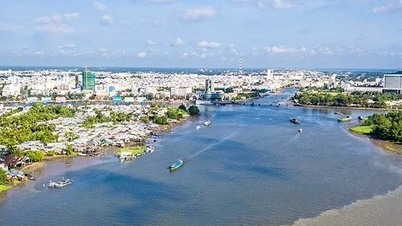

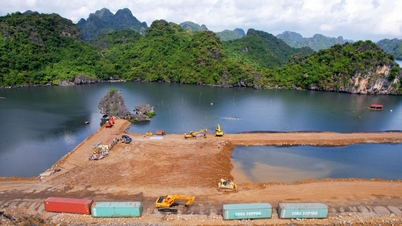

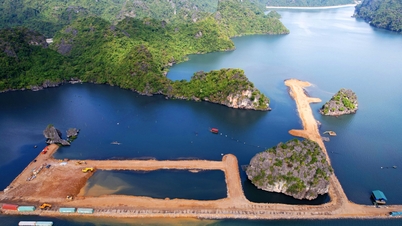
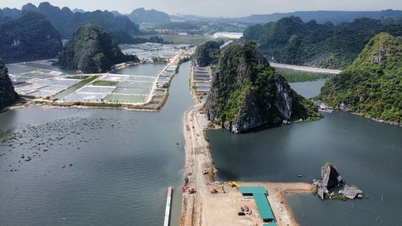

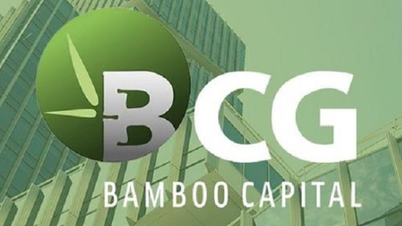

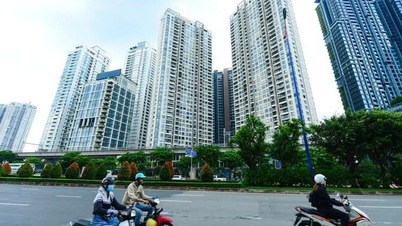
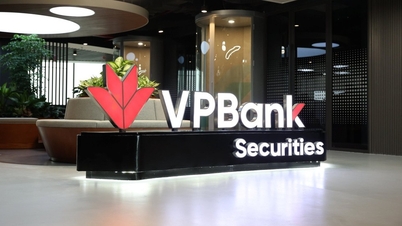
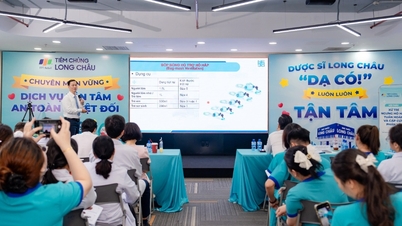


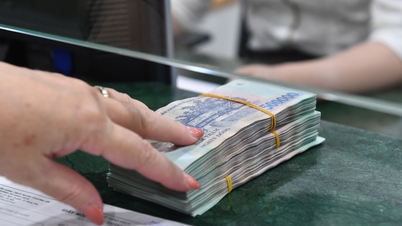





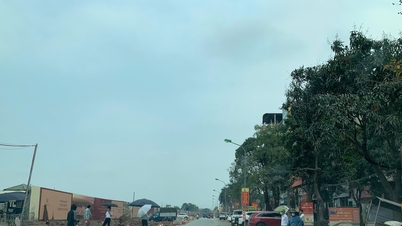
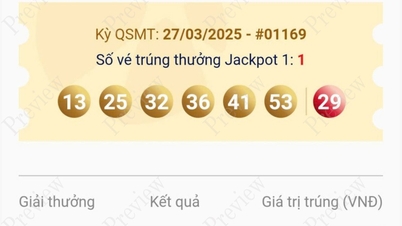

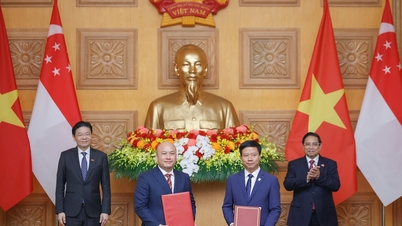

























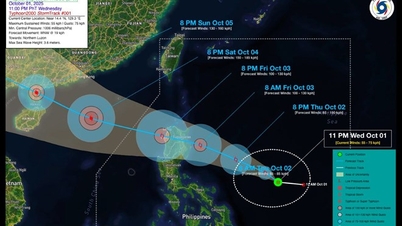












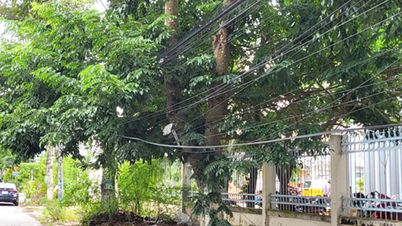

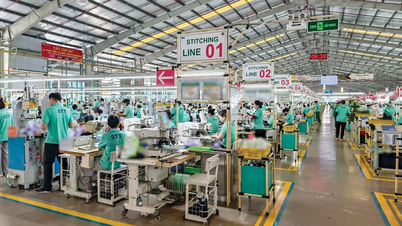

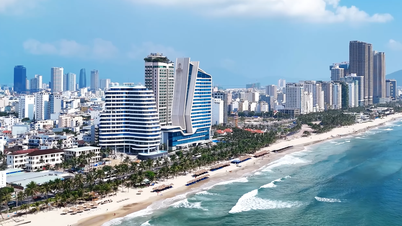

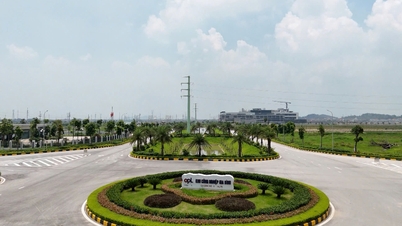
















Comment (0)